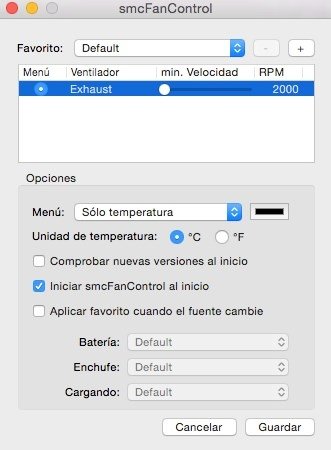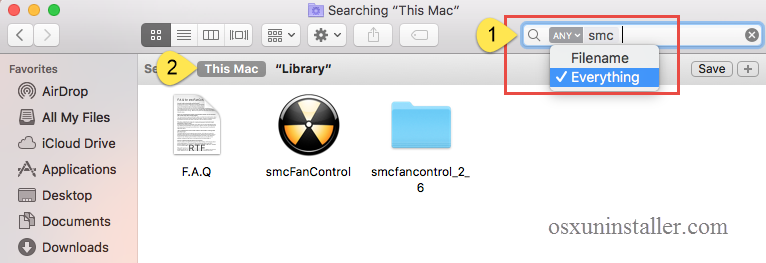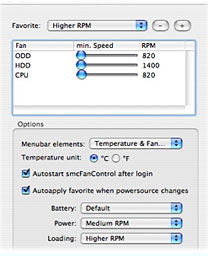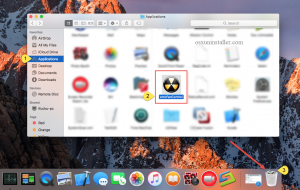
Python3 -c"import struct print(int(struct.unpack('f', omhex('$1'))))"

setFanRPM 5297 for F0Tg process_command_write: SMCWriteKey F0Tg 0088a545 OK setFanRPM 5297 for F0Tg process_command_write: SMCWriteKey F0Md 01 OK Set fan 0 mode 1 process_command_write: SMCWriteKey F1Md 01 OK Set fan 1 mode 1 process_command_write: SMCWriteKey F0Tg 0088a545 OK setFanRPM 5297 for F0Tg process_command_write: SMCWriteKey F0Tg 0088a545 OK setFanRPM 5297 for F0Tg process_command_write: SMCWriteKey F0Tg 0088a545 OK setFanRPM 5297 for F0Tg process_command_write: SMCWriteKey F0Md 01 OK Set fan 0 mode 1 process_command_write: SMCWriteKey F1Md 01 OK Set fan 1 mode 1 process_command_write: SMCWriteKey F1Tg 00489945 OK setFanRPM 4905 for F1Tg WARNING: getTemperature - skipping sensor TC7C with value of 129.0 WARNING: getTemperature - skipping sensor TC8C with value of 129.0 WARNING: getTemperature - skipping sensor TGDT with value of 255.934Īfter checking, your values (|0060ea45| = 7500 rpms (float 32)) areĬorrect, but mines are overflowing (?) and thus causing the fans to

Could you please take a look at my logs snippet.
Uninstall smcfancontrol mac#
Interesting thing is that the logs of the Mac Fan Control app dumps the values of the SMC Keys. I went ahead and installed Mac Fan Control and it did work for me. Here is a selection:įor more information visit The XLab FAQs and read the FAQ on removing software.I tried using smcFanControl on my MBP 16 2019, and as I can see you are mentioning SMC keys have changed.

There are many utilities that can uninstall applications. Be sure you also delete this item as some programs use it to determine if it's already installed. The item generally has a ".pkg" extension. Usually with the same name as the program or the developer.
Uninstall smcfancontrol install#
Some applications install a receipt in the /Library/Receipts/ folder. You can modify Spotlight's behavior or use a third-party search utility, EasyFind, instead. Unfortunately Spotlight will not look in certain folders by default. If an application installs any other files the best way to track them down is to do a Finder search using the application name or the developer name as the search term. Look for them in /Library/LaunchAgents/ and /Library/LaunchDaemons/ or in /Home/Library/LaunchAgents/.
Uninstall smcfancontrol software#
Some software use startup daemons or agents that are a new feature of the OS. Locate the item in the list for the application you want to remove and click on the "-" button to delete it from the list. Open System Preferences, click on the Accounts icon, then click on the LogIn Items tab. Log In Items are set in the Accounts preferences. Startupitems are usually installed in the /Library/StartupItems/ folder and less often in the /Home/Library/StartupItems/ folder. Some applications may install a startupitem or a Log In item. Again, they don't do anything but take up disk space once the application is trashed. You can also delete the folder that's in the Applications Support folder. You can also check there to see if the application has created a folder. Some applications may install components in the /Home/Library/Applications Support/ folder. In some cases the uninstaller may be part of the application's installer, and is invoked by clicking on a Customize button that will appear during the install process. Some applications may install an uninstaller program that can be used to remove the application. If you want you can look for them in the above location and delete them, too. Although they do nothing once you delete the associated application, they do take up some disk space.

Applications may create preference files that are stored in the /Home/Library/Preferences/ folder. Most OS X applications are completely self-contained "packages" that can be uninstalled by simply dragging the application to the Trash. If the fans are still running at idle then take the computer in for service because something isn't working correctly. I suggest first you try Intel-based Macs: Resetting the System Management Controller (SMC) followed by Resetting your Mac's PRAM and NVRAM. If you find the computer is running at 90º C and the fans are still running at idle, then there is a problem. Restart the computer when you are done uninstalling it. If it did not come with an uninstaller then see the article below. Now, if you remove SMC Fan Control be sure you set the fan idle speeds back to normal. Hence it's use may prove more dangerous to the computer than not using it. SMC Fan Control is no longer current with the new hardware or with Mountain Lion. If you are monitoring temperature and fan speed when the computer hits 90º C, then the fans should be running much faster than their 2000 RPM idle speed. It manages many aspects of the system including sensing temperature and changing the fan speed accordingly. The SMC is the System Management Control chip.


 0 kommentar(er)
0 kommentar(er)
